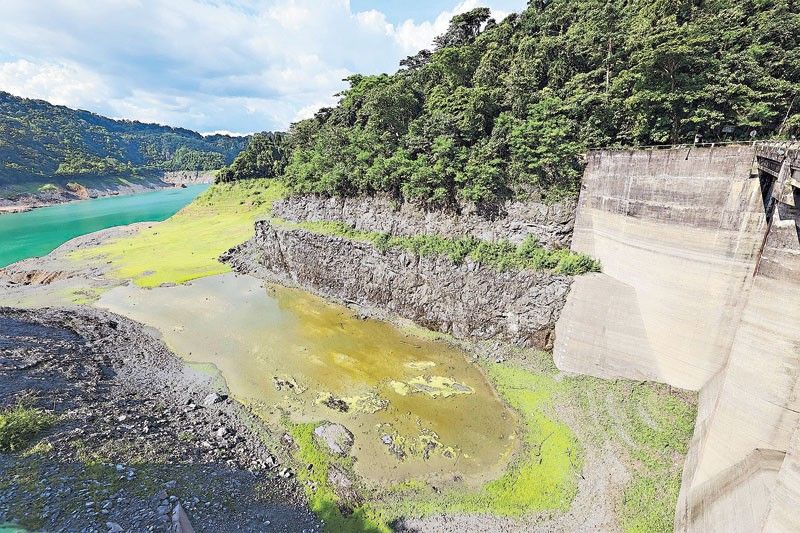Due to El Nio, water levels at the Angat Dam have receded below the minimum operating level, prompting authorities to cut irrigation and Metro Manila water allocations.
As of 8 a.m. on July 8, the dam’s water level was 179.94 meters, down from 180.41 meters the day before. The minimum operating level is 180 meters.
David Jr., executive director of the National Water Resources Board (NWRB), said water allocations would need to be modified as the dam’s water level drops below 180 meters.

The Board determined that if the Angat Dam level falls beneath the minimum operating level of 180 meters, modifications would need to be made in the allocation for MWSS (Metropolitan Waterworks and Sewerage System), NIA (National Irrigation Administration) and Metro Manila concessionaires Maynilad Water Services Inc. and Manila Water Co. Inc. Specifically, 48 CMS would be allocated to MWSS, up to 20 CMS for NIA until the end of July, and 50 CMS for the two companies in the capital region. Furthermore, 28.5 CMS would be allocated for irrigation purposes. David stated in a text message that these allocations can still be reviewed depending on how much the dam’s level rises or drops.
If the Angat water level falls below 180 meters, David said Metro Manila would receive priority in the water supply.
Angat Dam Effects on Agriculture
Some 25,000 hectares of rice fields in Bulacan and Pampanga are at risk of receiving smaller water allocations because Angat Dam’s elevation is below the minimum operating level.
Bulacan and Pampanga farmlands were allocated 40 CMS water on June 16.
Farmers are worried about the effects of a smaller irrigation budget this planting season.
To augment their irrigation supply, farmers should seek clearance from the NWRB before installing shallow tube wells, David said.
Even before Angat Dam’s water level dipped below normal operating levels, the NWRB notified the MWSS, NIA, and the two water concessionaires of the potential reduction in water allocations.
He said on radio dzBB that as soon as the level dropped below 180 meters, the new allocation schedule of 48 CMS and 20 CMS became effective.
The NWRB would like to avoid situations similar to those in 2019 when Angat Dam’s level dipped below 160 meters, so further reductions or a return to normal allocations will depend on weather conditions.
Because of this, while it is still early, we will adjust our allocation to preserve and maintain our current supply of water in the reserve, like the one at Angat Dam.
As El Nio approaches, water conservation becomes more urgent. “Our goal is to keep our current supply so we can be prepared for El Nio before the end of the year. During El Nio, our countrymen will have enough supply to live on,” he added.
PAGASA (Philippine Atmospheric Geophysical and Astronomical Services Administration) issued the same call earlier.
As early as December this year, El Nio’s effects would be felt until next year, according to PAGASA.
See Also:
- Hybrid Rice Demo Farm Targets 275 Tons in Davao Del Sur Town
- DA’s Beekeeping Program Set to Go Nationwide
- Imported Rice Arriving in the Philippines to Address Supply Concerns Until February 2024
- Department of Agriculture Enhances Irrigation System to Mitigate El Niño Impact
- Why the Philippines Imports Rice: A Complex Mix of Geography, Demand, and Policy
